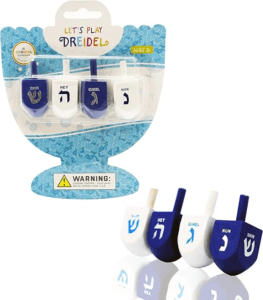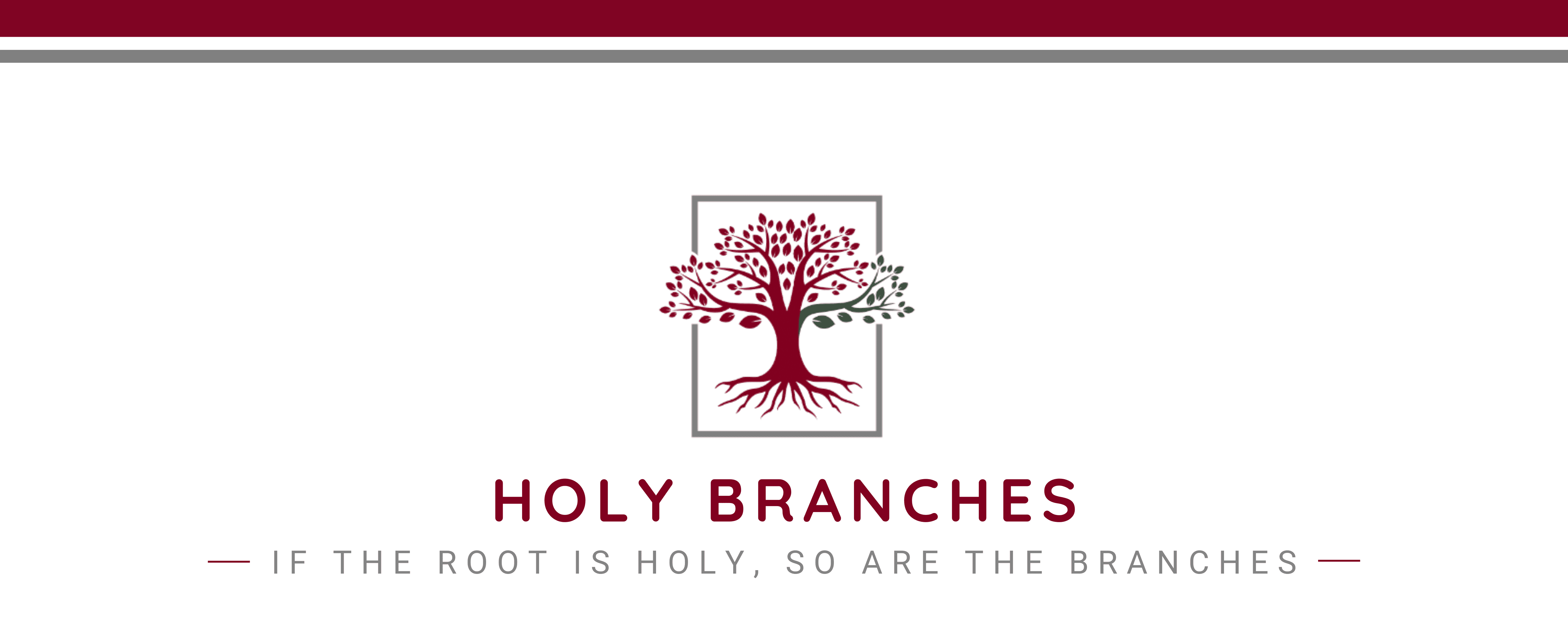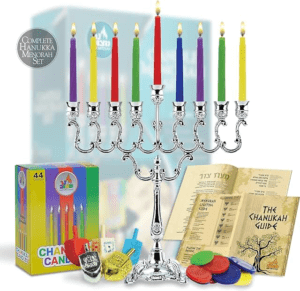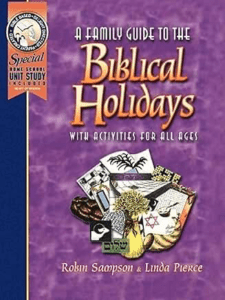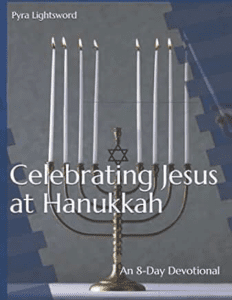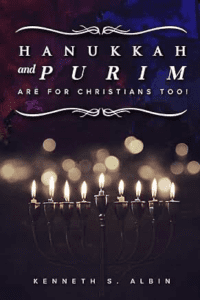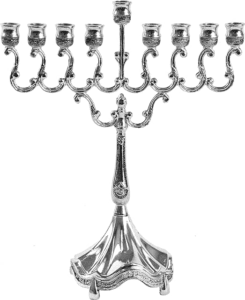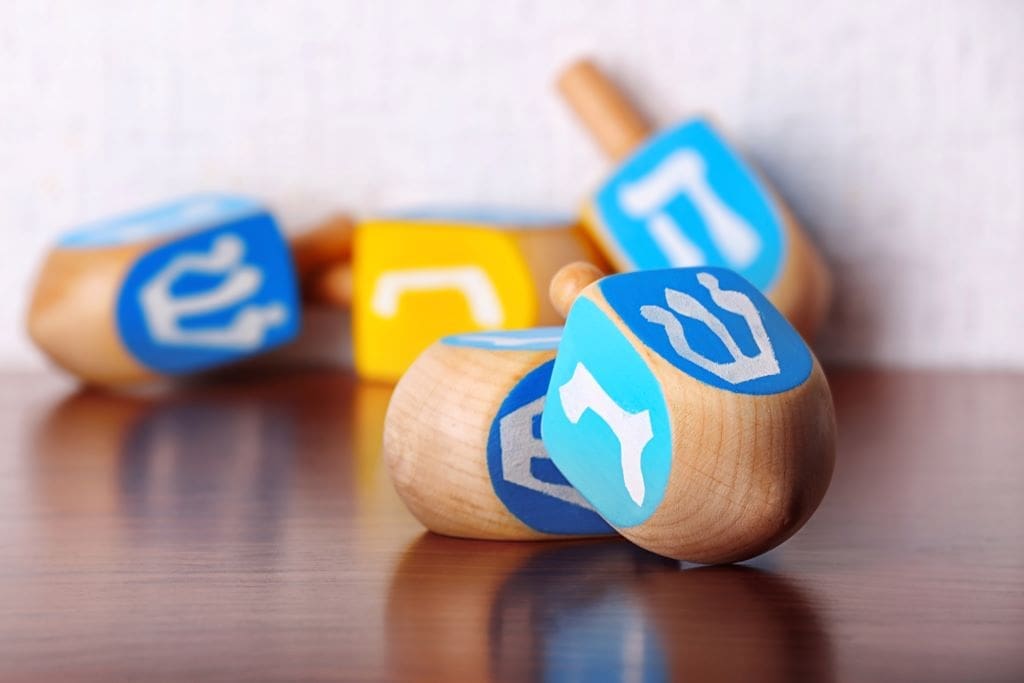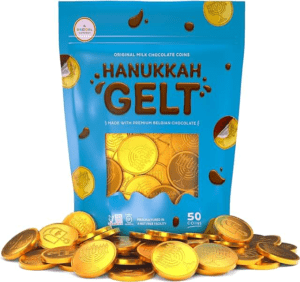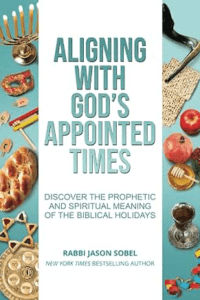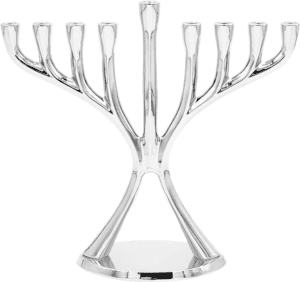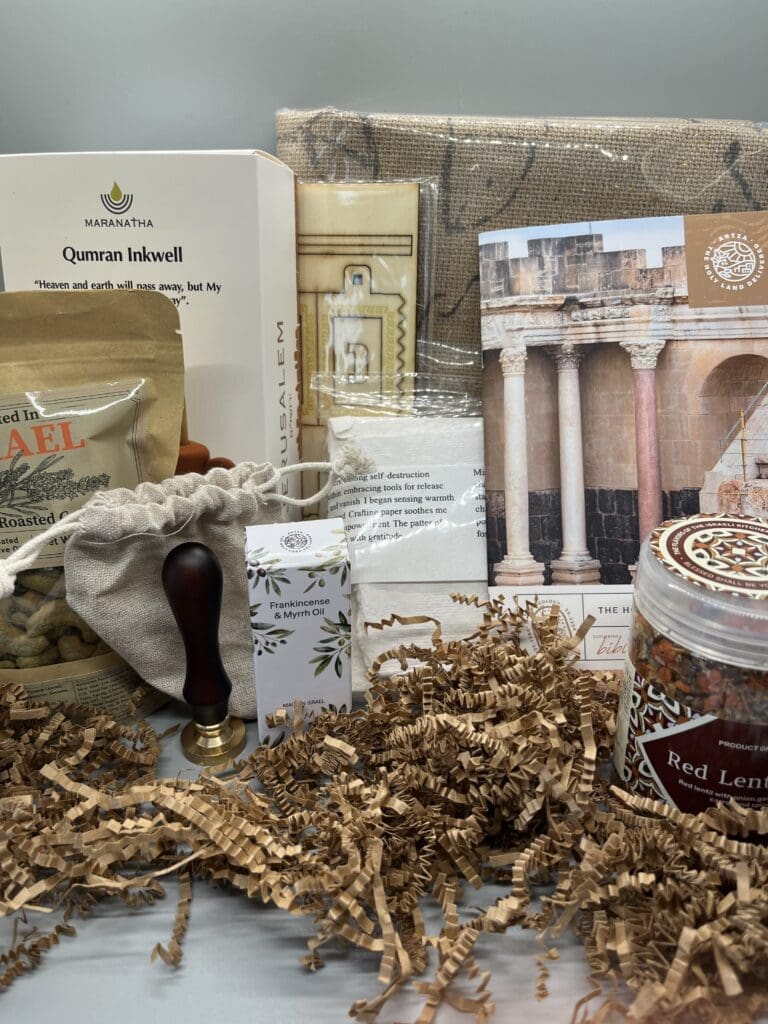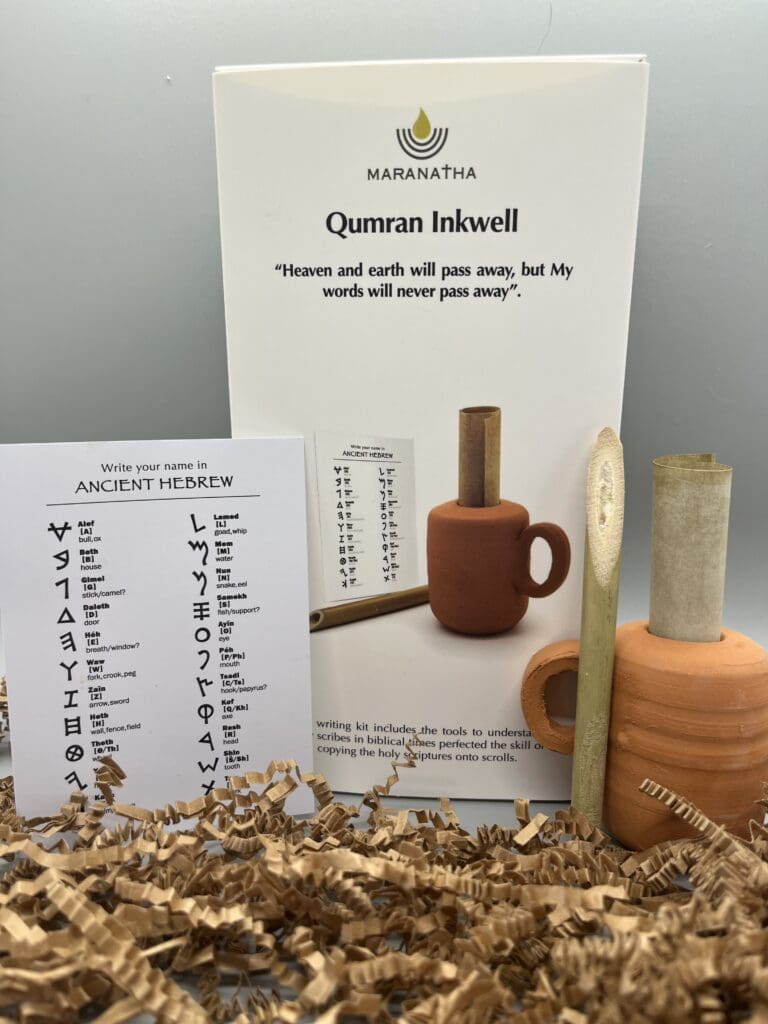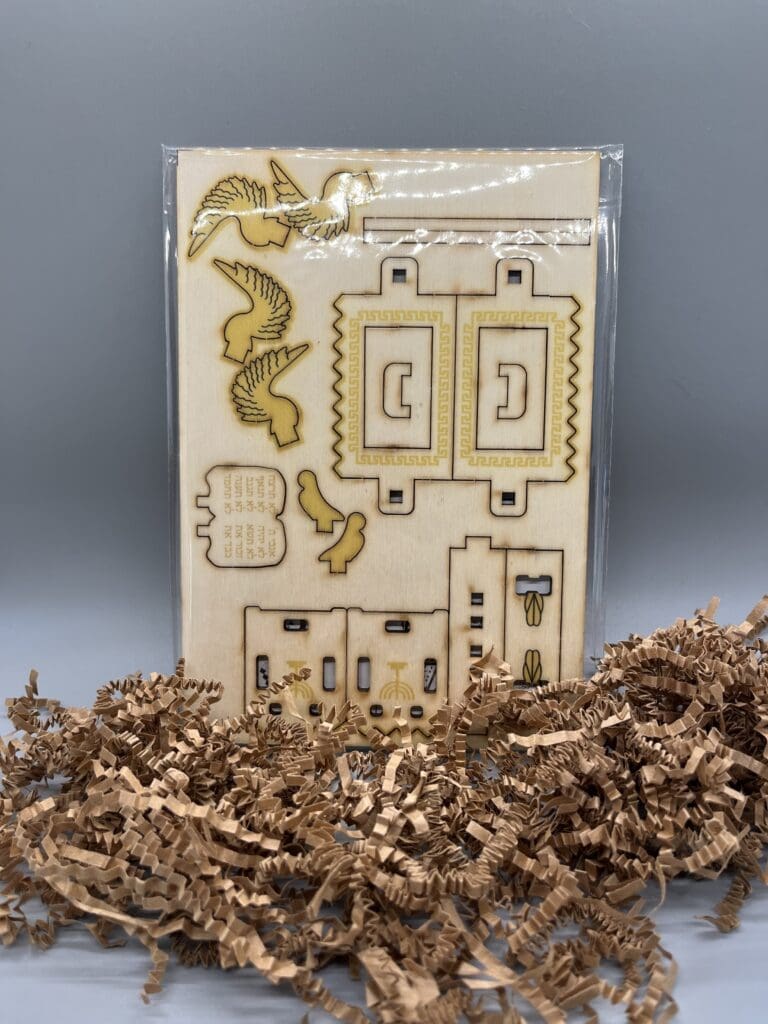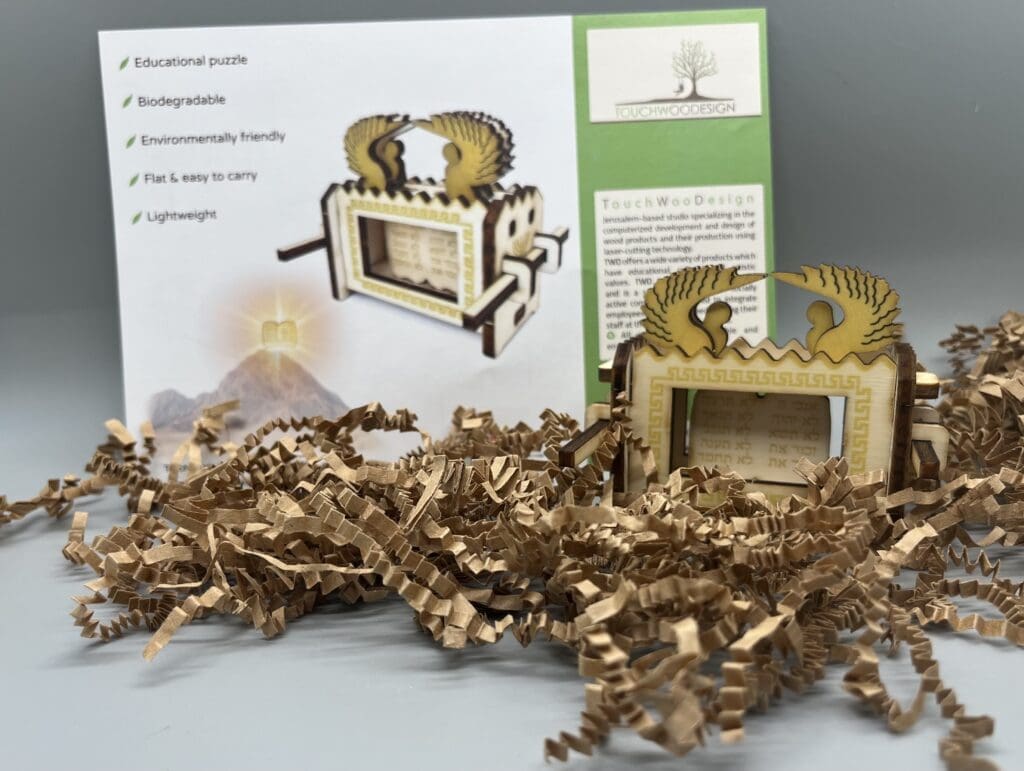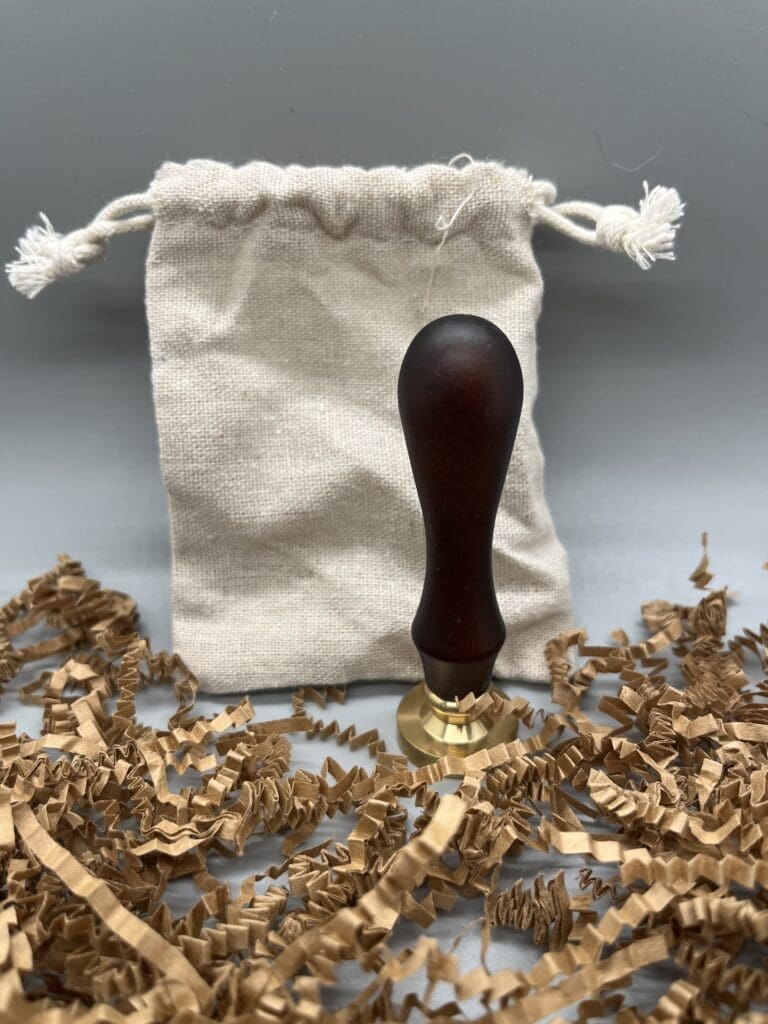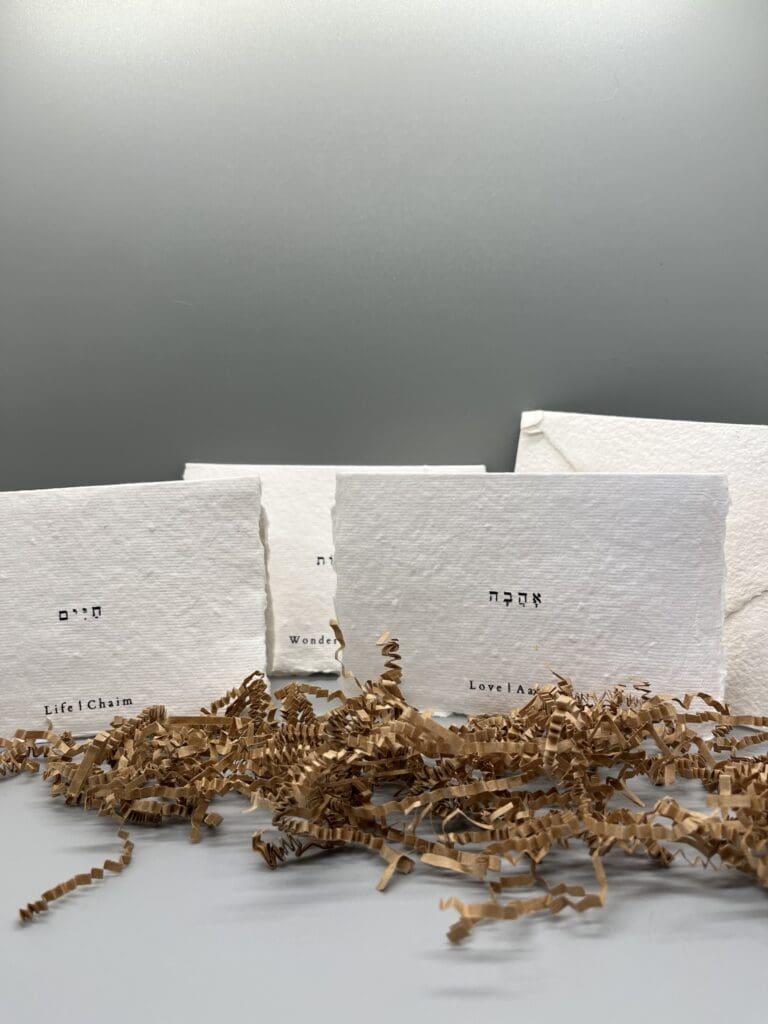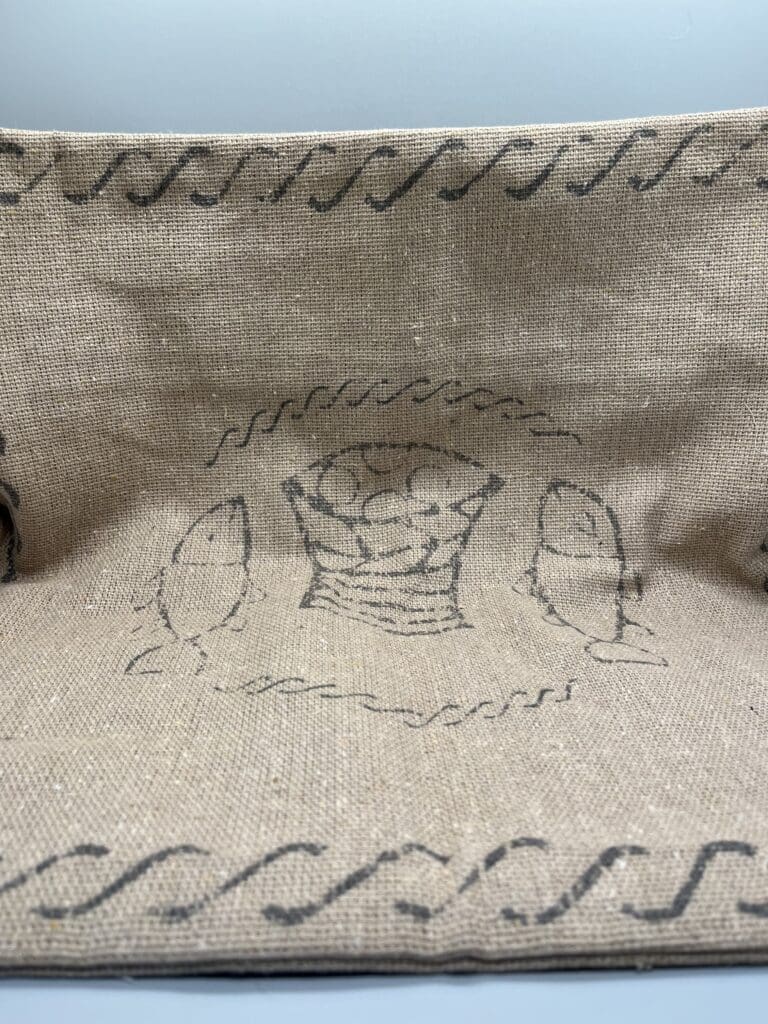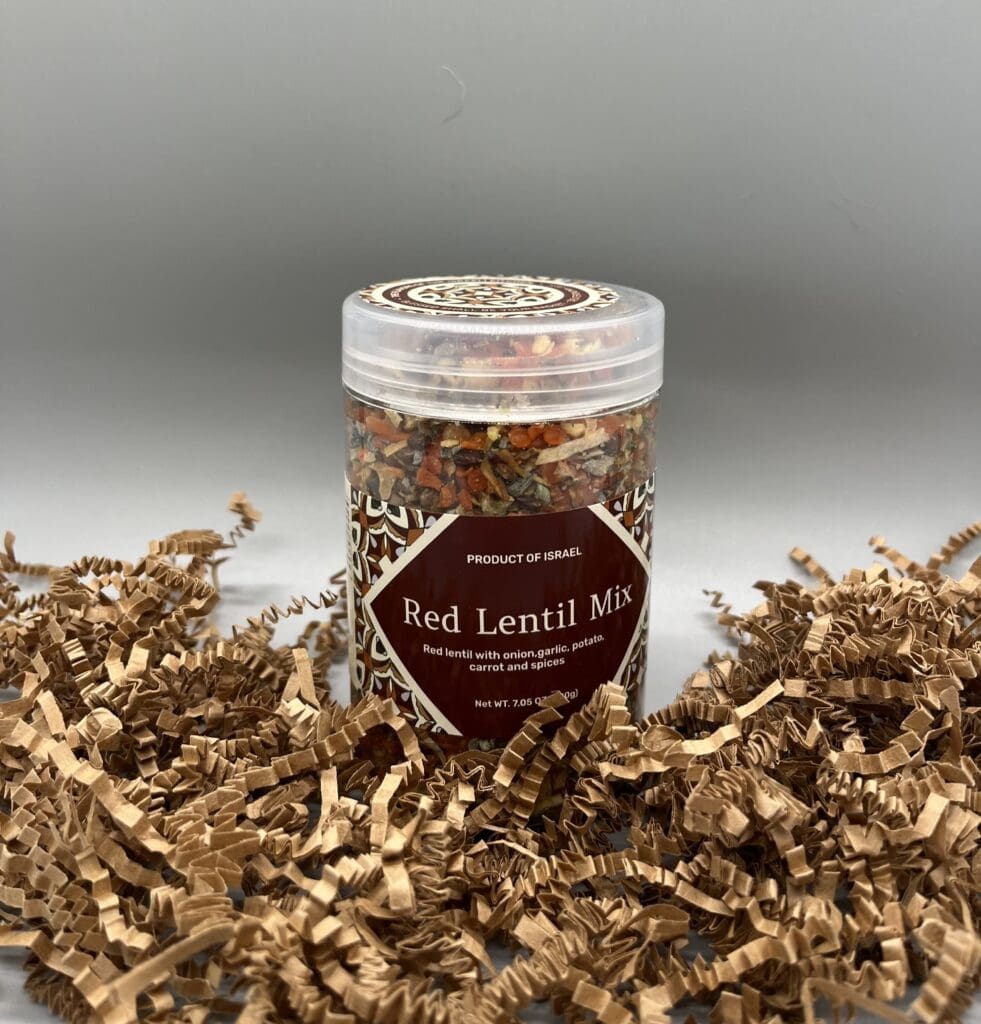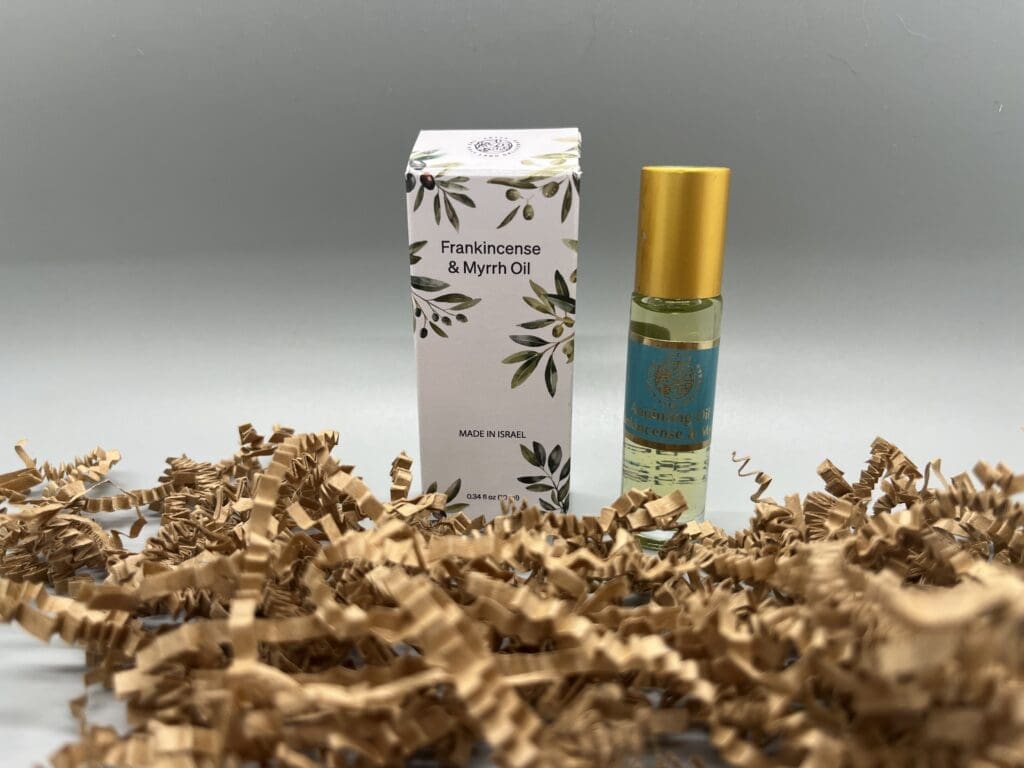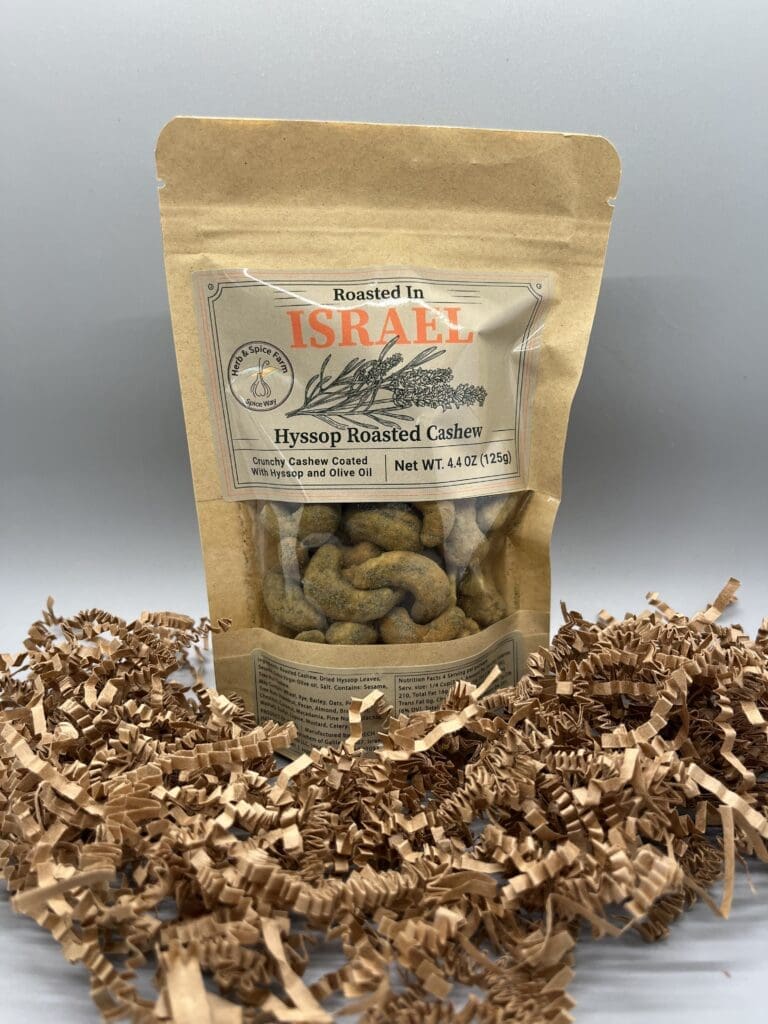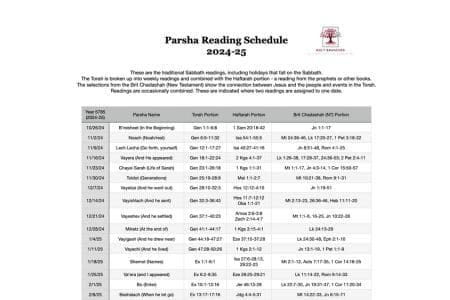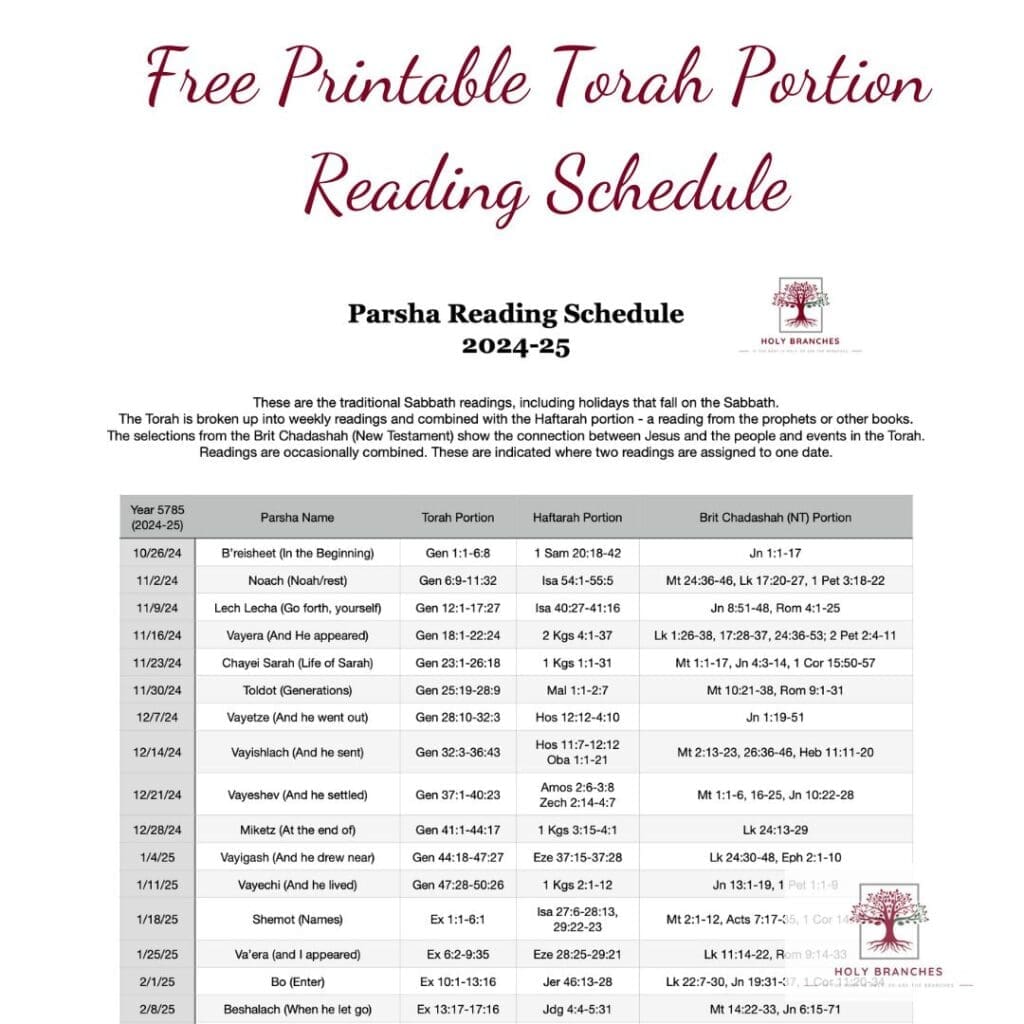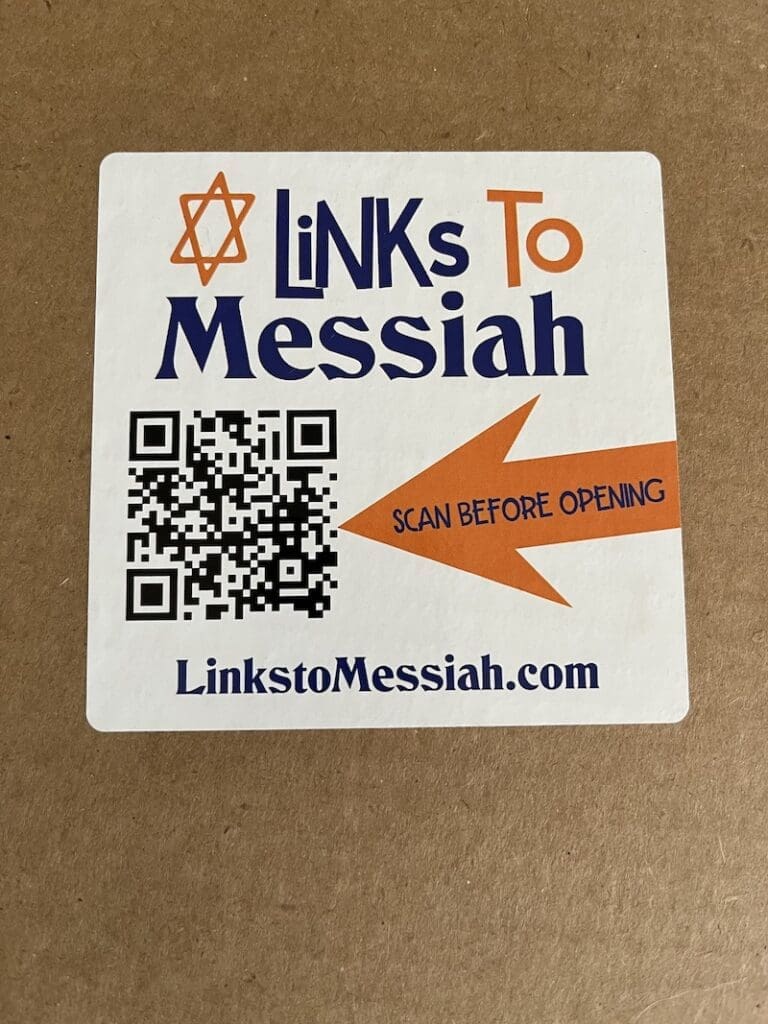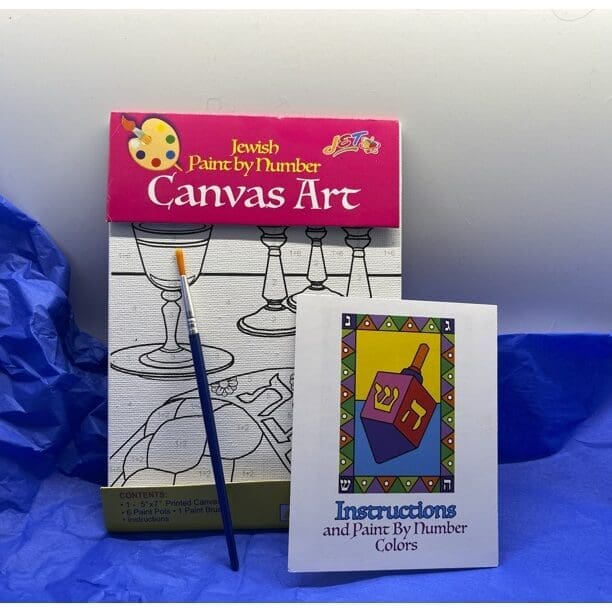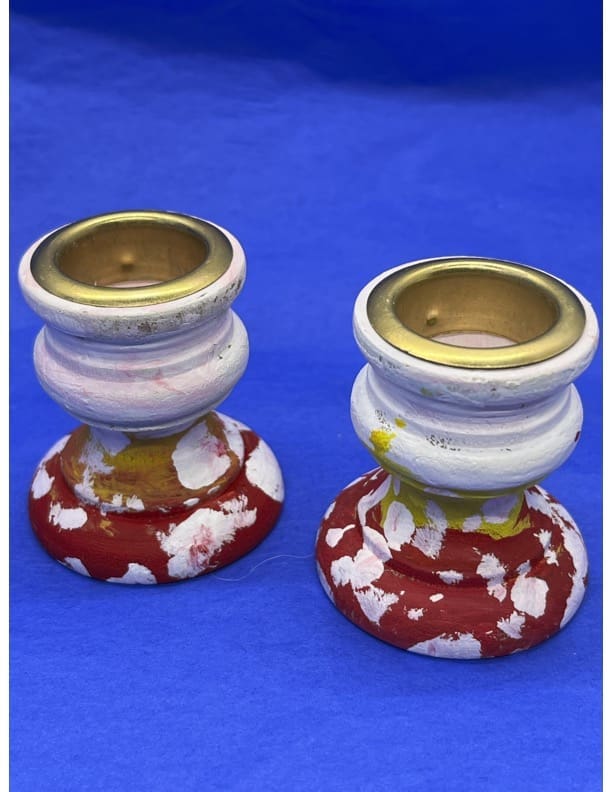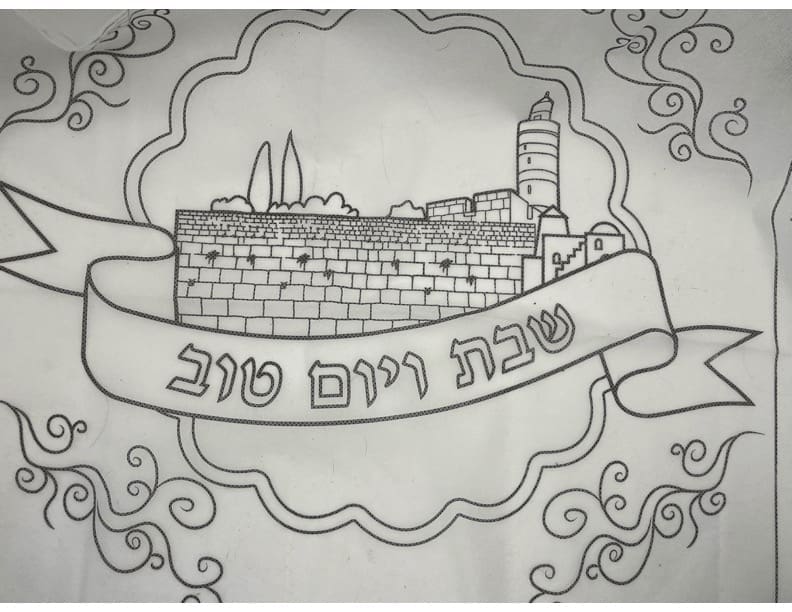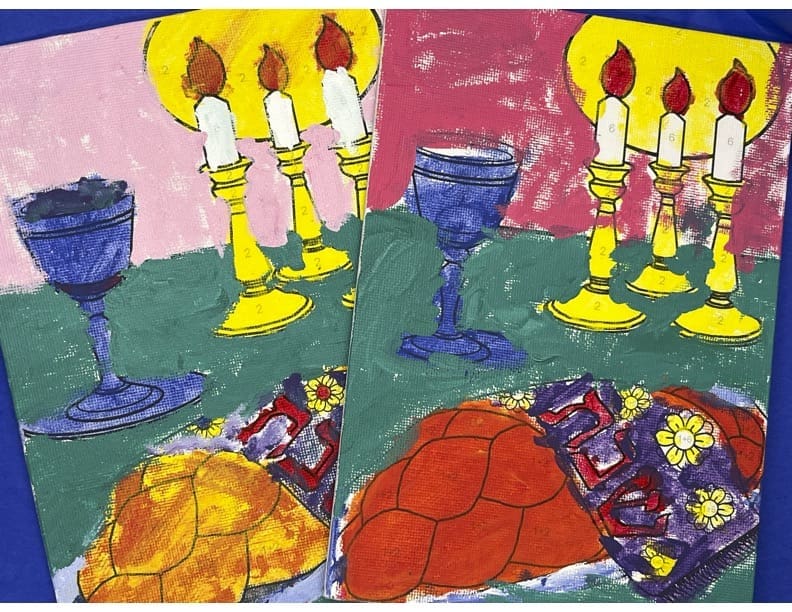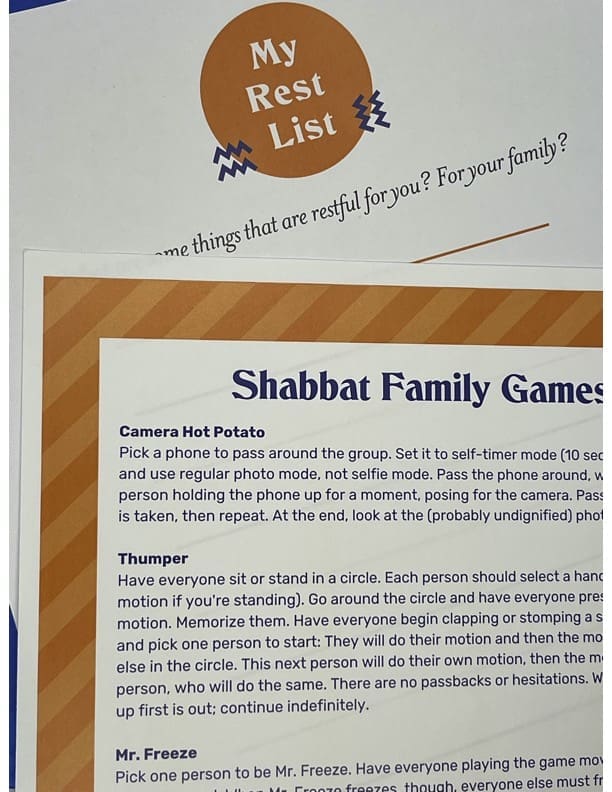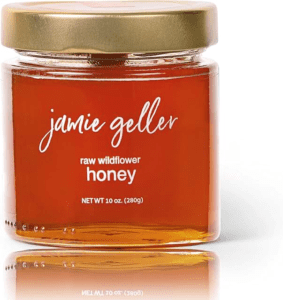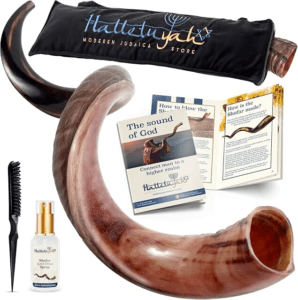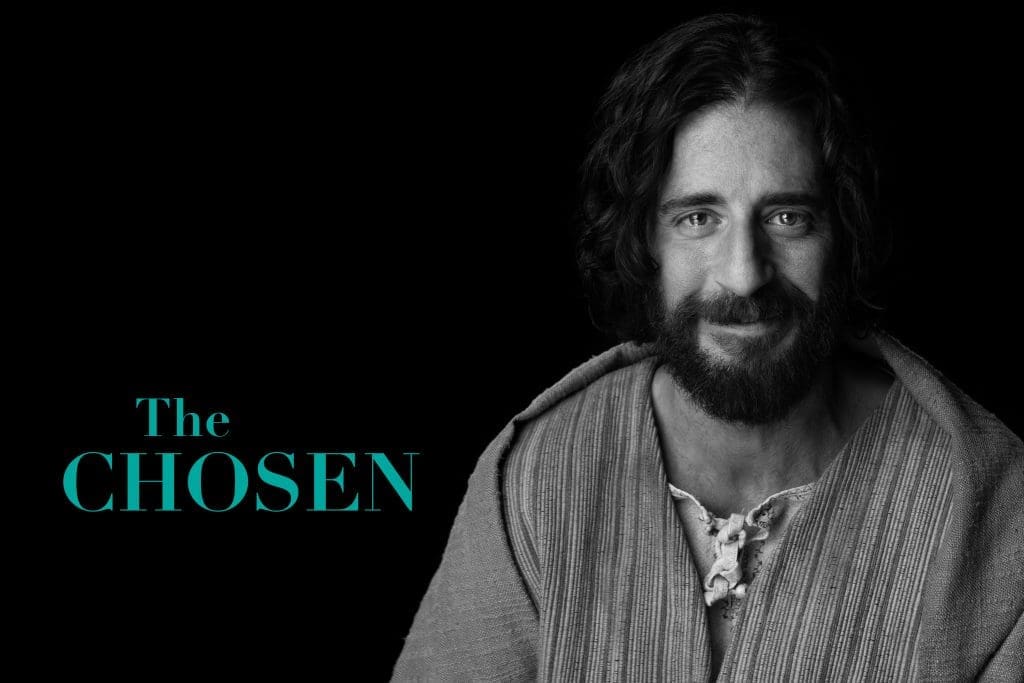This post contains affiliate links. I only advertise items I personally recommend and may receive a small commission from qualifying purchases. For more information, visit our Affiliate Information Page. print-friendly PDF
Warning: This article contains spoilers. If you haven’t watched the episode yet, do that first!
To see my previous articles Explaining The Chosen, find them here.
Shanah Tovah
When Mary greets Jesus at the door, she says, “Shanah Tovah,” and he responds, “Shanah Tovah, Eema!”
Shana Tova is a greeting used on and around Rosh Hashanah, the day that starts the calendar year on the Hebrew Calendar. Rosh means “head,” and Hashanah means “the year,” so Rosh Hashanah (רֹאשׁ הַשָּׁנָה) is literally “the head of the year.” Shanah (שָׁנָה) means “year,” and Tovah (טוֹבָה) means “good.” So, saying Shanah Tovah means wishing someone a good year. It’s kind of like a Hebrew “Happy New Year!”
Shanah Tovah is the short version. The whole greeting is “Shanah Tovah Umetukah.” Umetukah (וּמְתוּקָה) means “and sweet,” so this version of the greeting would say literally, “A good and sweet year!”. Another greeting used during this holiday is “Ketivah v’chatima tovah,” which means “Good inscription and sealing.” To understand this greeting, one must also understand the meaning behind Rosh Hashanah and the Holy Day just after it, Yom Kippur.
In Jewish interpretation, Yom Kippur, ten days after Rosh Hashanah, is the day names are written in the Book of Life. They see the ten days leading up to Yom Kippur as a period of final decision-making on whether their names are written in the Book of Life. Because of this concept, the time between Rosh Hashanah and Yom Kippur is called “The Ten Days of Awe.” During this time, people examine their lives to see if they align with what God would want them to look like. They ask for forgiveness from those they have wronged and from God to prepare for Yom Kippur.
Challah
Mary tells Jesus that the “Challah is hot and ready.” Challah is the beautiful and delicious bread served on Shabbat (the Sabbath) and other Holy Days. Serving challah instead of just any bread helps set the Sabbath apart from the other days of the week. It’s also a reminder of God’s provision, such as the manna He provided to the Hebrew people as they wandered in the wilderness on their way to the Promised Land. Some families serve two loaves of challah to demonstrate that God has provided not only what we need but above and beyond!
Later in this scene, Mary complains that the challah isn’t perfectly round. Most of the year, challah is braided and shaped into a loaf shape. But, as we know from the greeting between Mary and Jesus, this scene occurs during Rosh Hashanah. On Rosh Hashanah, a round challah is served instead. The round shape signifies the cyclical nature of life. As we say goodbye to one year and welcome another, we are drawn to the fact that life comes in cycles and seasons. The round challah is also said to represent a crown, acknowledging the sovereignty of our almighty Creator.
For Rosh Hashanah, you usually add something sweet to the round challah. Raisins, chopped apples, and honey are popular choices, and this addition goes along with the theme of a sweet new year.
The Hand-Washing Blessing
Before eating, Jesus washes his hands while saying the traditional blessing. In Jewish tradition, there’s a blessing for every activity one does throughout each day. What an excellent way to stay focused on God and all He’s provided in our daily activities. The Hand Washing Blessing (Netilat Yadaim) goes like this.
In English:
Blessed are You, Lord our God, King of the universe, who has sanctified us with Your commandments and commanded us concerning the washing of the hands.
In Hebrew:
בָּרוּךְ אַתָּה ה׳ אֱלֹהֵינוּ מֶלֶךְ הָעוֹלָם אֲשֶׁר קִדְּשָׁנוּ בְּמִצְוֹתָיו וְצִוָּנוּ עַל נְטִילַת יָדַיִם
Here’s how to pronounce the Hebrew:
Baruch ata Adonai, Eloheinu Melech ha-olam, asher kidshanu b’mitzvotav vitzivanu al n’tilat yadayim.
The Netilat Yadaim says God “commanded us concerning the washing of hands.” Where does this command come from? In Exodus 30:17-21, God commands the Temple priests to wash their hands and feet before they enter the Tabernacle or bring offerings. Even if they’re not in a literal priestly position, the Jewish people see themselves as metaphoric priests in the world. The hand-washing tradition reminds them to focus on God, His eternal kingdom, and their position in it.
The Shehecheyanu
Before eating, Mary and Jesus recite a prayer to thank God for bringing them to “this holiday season.” This prayer is a traditional Jewish blessing called the Shehecheyanu. It is said on Rosh Hashanah and other holidays and life events. It goes like this.
In English:
Blessed are You, Lord our God, King of the universe, who has kept us alive, sustained us, and brought us to this holiday season.
In Hebrew:
בָּרוּךְ אַתָּה יהוה, אֱלֹהֵֽינוּ מֶלֶךְ הָעוֹלָם, שֶׁהֶחֱיָֽינוּ וְקִיְּמָנוּ וְהִגִּיעָנוּ לַזְּמָן הַזֶּה
The Hebrew pronunciation:
Baruch Ata Adonai, Eloheinu Melech Haolam, shehechiyanu, v’kiy’manu, v’higianu lazman hazeh.
Blowing the Shofar
Just after the scene cuts away from Jesus in his bedroom, we see people joyfully making music. One is blowing a shofar, a horn made from a ram’s horn. Today, shofars are used on Rosh Hashanah (also called Yom Teruah) and to mark the appearance of the New Moon and other important events. The command to blow trumpets on Rosh Hashanah (also called Yom Teruah) is in Leviticus 23:23-24 which is why the shofar is explicitly blown on this day.
Even more important than their qualities as musical instruments, shofars were used in the Bible for communication. Different shofar sounds—three in particular—are used for various situations. As Believers, the concept of trumpet sounds should remind us of times in the Bible when God has done great things and should also prompt us to look forward to when our Messiah will return!
Later in this episode, at the synagogue service, the shofar blower plays the three different calls of the shofar – shevarim (the three blasts), teruah (the nine short blasts), and the tekiah. For an excellent explanation of the deeper meaning of these three different calls, watch this informative video.
Apples and pomegranates
The same joyful scene shows people handling apples and maybe even pomegranates. Both of these fruits are part of a Rosh Hashanah celebration.
Apples are sweet and significant due to the hopeful “sweetness of the new year.” They are often dipped in honey to increase their sweetness even further. People often bake apples and honey into breads and desserts to celebrate Rosh Hashanah or incorporate them into sweet dishes for this holiday.
Pomegranates, the fruit that adorned the Temple priests’ garments, represent the commandments. There are thought to be 613 seeds in each pomegranate, the same number as in the Torah. Eating pomegranates during Rosh Hashanah is a sign that one will aim to obey God’s commandments throughout the new year. Pomegranates also represent abundance, so having them at Rosh Hashanah signifies faith in God’s abundant blessings for the new year.
Tashlich
This scene also shows people throwing rocks into the river. This ceremony, called Tashlich, is also typical during Rosh Hashanah. Tashlich, meaning “cast off,” is a prayerful time of repentance in light of Micah 7:19, “He will again have compassion on us; He will tread our iniquities underfoot. You will cast all our sins into the depths of the sea.” During Tashlich, rocks or bread crumbs are thrown into a body of moving water to show that sin is cast off and carried away forever.
With each rock tossed into the river, people remember their sins and resolve to eliminate them forever. We also recognize that we have a savior qualified to deal with our sins and remove them if we are willing to let him! What a beautiful picture of the grace God has given!
To a Sweet New Year
Jesus dips an apple in honey and says, “To a sweet New Year.” This phrase is another common saying on Rosh Hashanah to indicate faith in God’s provision for a good year. It’s usually said in Hebrew, though. It’s “L’shanah Tovah,” “to a good year.”
Tishrei
After Jesus eats the apple dipped in honey, Leah says, “May these days before Tishrei be as sweet as this food.”
Rosh Hashanah is on the first day of the month of Tishrei. The month preceding Tishrei is Elul, and the phrase Leah says is often repeated during that month. Elul is a time of heart preparation for the approaching Holy Days. Elul is traditionally a time for introspection and examination to further align one’s life with that of God’s will for them.
Jesus Bar Joseph
Rabbi Benjamin introduced “Jesus bar Joseph” before Jesus read from the Torah scroll. As you can probably conclude, “bar” means “son,” so “Jesus bar Joseph” means “Jesus, son of Joseph.” “Bar” is not Hebrew, though. It’s Aramaic. “Son” in Hebrew is “ben.” Although most of the Old Testament is in Hebrew, a small percentage, about 1%, is in Aramaic.
Rabbi Benjamin isn’t merely making an introduction in case people in the audience don’t know Jesus. Introducing the Torah reader using their Hebrew name is a tradition even in today’s synagogues.
Torah Scroll Reading
Before Jesus read from the scroll, he kissed his hand and touched the edge of it, a traditional practice. The physical scroll itself is not sacred, but the awesome thing about it is that the words of the Almighty God are on it!
Today, before a Torah reading, the scroll is paraded around the synagogue, with each person either touching the cover of the scroll with their hand, Bible, or other object, then often touching their mouth. They may also do what Jesus did here: kiss their hand and touch the scroll. These actions show reverence for the word of God and that the words of scripture are on their lips.
The verse Jesus read is Isaiah 61:1-2a, and his reading of this portion of scripture in the synagogue is recorded in Luke 4:18-19. It’s not surprising that Jesus quotes the Old Testament in Luke. Jesus often quoted the Old Testament, and much of the New Testament is either quotes from or references to the Old Testament! To understand the New Testament in its proper context, we must have a firm grasp of the Old Testament.
Year of Jubilee
The words Jesus read from Isaiah, “the year of our Lord’s favor,” are in reference to the Jubilee. According to Leviticus 25, in the 50th year, land was returned to its original owner, slaves were returned to their families, and the land had a rest from being farmed. Debts were also forgiven in the year of Jubilee. Jesus applied this concept of a Jubilee to himself, as the one who frees slaves to sin, brings rest, cancels debts, and makes everything as it should be.
“You know what the Law of Moses says.”
Aaron refers to Deuteronomy 18:20-22, which says, “But the prophet who presumes to speak a word in my name that I have not commanded him to speak, or who speaks in the name of other gods, that same prophet shall die.” So, if Jesus wasn’t who he said he was, the penalty was death! Lazarus was trying to protect Jesus and make sure he wasn’t putting himself in harm’s way by claiming to be the Messiah or even a prophet if he was not.
The story is fantastic, and this episode had so many exciting things! The writers of The Chosen, with their creativity, did an excellent job portraying Jesus’s time in Nazareth during his ministry. I’m currently working on my comments on Episode four! Check back soon, follow Holy Branches on social media, or sign up for the newsletter to be informed when a new article is published.
